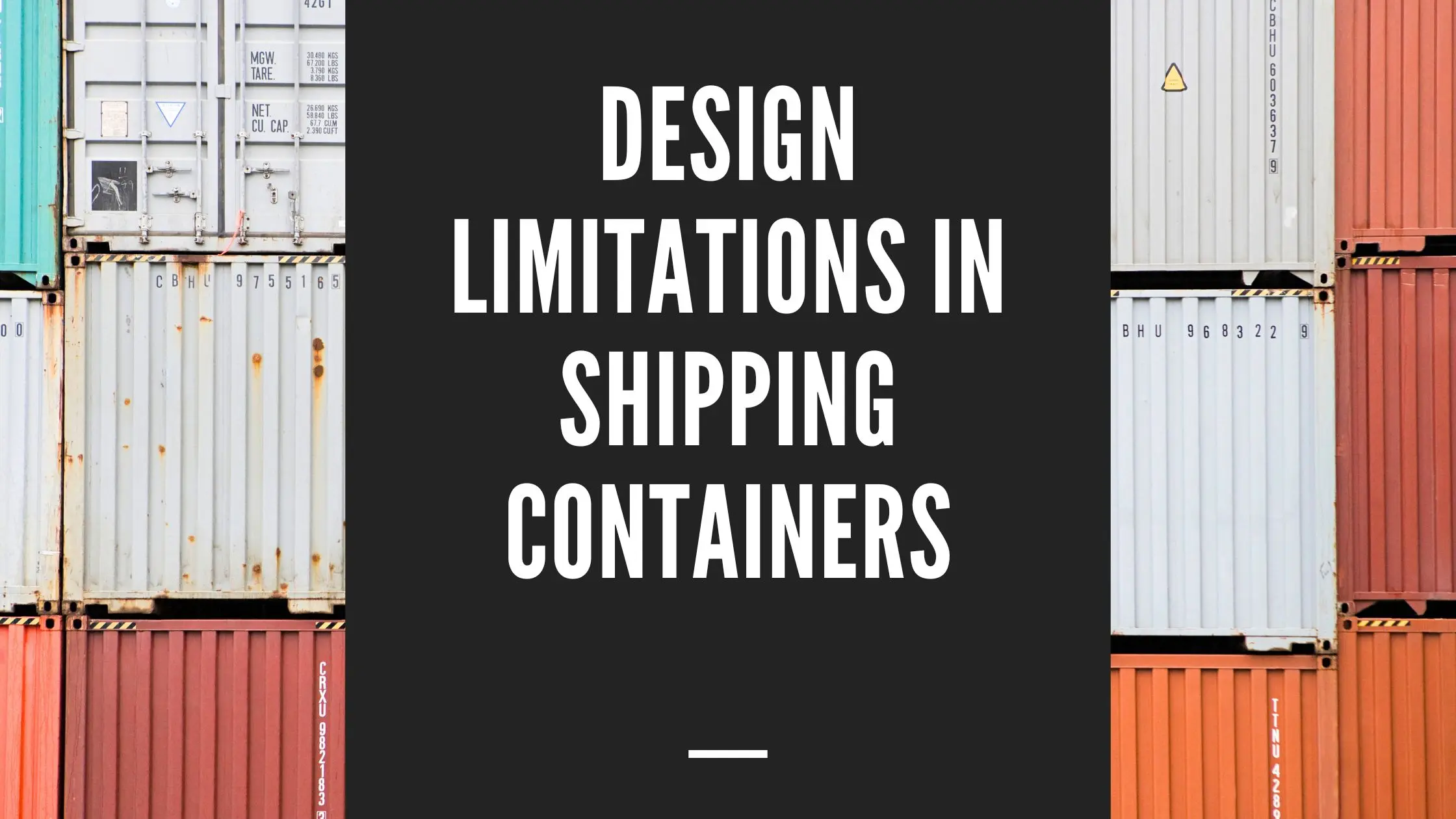In spite of technological advances in the architectural domain, transforming shipping containers into livable spaces often involves customization and design limitations due to their rigid rectangular structures.
One of the most noticeable challenges is the fixed dimensions of shipping containers. These standardized units, designed primarily for transporting goods across oceans, need more flexibility in size and shape. A typical shipping container will provide basic accommodation, but it often falls short of meeting the diverse spatial requirements.
Moreover, customizing shipping containers comes with its own set of challenges. Structural modifications, such as cutting openings for doors and windows or creating multi-level configurations, require careful planning and expertise to ensure structural integrity is maintained. Furthermore, integrating plumbing, electrical, and HVAC systems into the compact confines of a shipping container demands meticulous attention to detail.
Despite these challenges, architects and interior designers continue to seek innovative solutions to overcome these challenges through ingenuity and creativity. This blog will take you through the challenges limiting the potential of transforming shipping containers into living spaces.
Limitations in transforming Shipping containers
1. Fixed Dimensions
- The unalterable dimensions of shipping containers, typically 8 feet wide, 8.5 feet tall, and either 20 or 40 feet long, pose a significant limitation on customization.
- Architects and designers must work within these rigid confines, often leading to compromises in spatial layout and functionality.
- Expanding or contracting the size of a shipping container requires complex structural modifications, adding cost and complexity to the design process.
2. Interior Layout Challenges
- The long, narrow design of shipping containers can feel confining if not carefully planned.
- Limited natural light and ventilation opportunities may result in dark, cramped interiors.
- Designers must strategize to maximize space efficiency and create a sense of openness within the constrained dimensions of the container.
3. Structural Modifications
- Integrating essential utilities and infrastructure, such as plumbing, electrical wiring, and HVAC systems, within the limited space of a shipping container requires careful planning.
- Structural modifications, such as cutting openings for doors and windows or creating multi-level configurations, demand expertise to ensure structural integrity is maintained.
- These modifications add complexity and cost to the construction process, impacting the feasibility of shipping container projects.
4. Aesthetic Limitations
- Shipping containers’ industrial appearance may differ from desired architectural styles or aesthetic preferences.
- Designers must find creative ways to disguise or integrate the container’s exterior into the overall design scheme.
- Limited options for exterior finishes and cladding materials further constrain design possibilities.
5. Transportation and Site Constraints
- Shipping containers are designed for transportation and may present site placement and assembly challenges.
- Access constraints, such as narrow roads or limited maneuverability on-site, can affect the feasibility of using shipping containers for construction projects.
- Site preparation, including foundation requirements and leveling, must be carefully considered to accommodate the weight and dimensions of shipping containers.
Conclusion
Despite these limitations, architects and designers continue to explore innovative solutions to transform shipping containers into functional and aesthetically pleasing living spaces. By accepting the constraints and utilizing the inherent strengths of shipping container architecture, they seek to gain the hidden potential of these giant structures.

